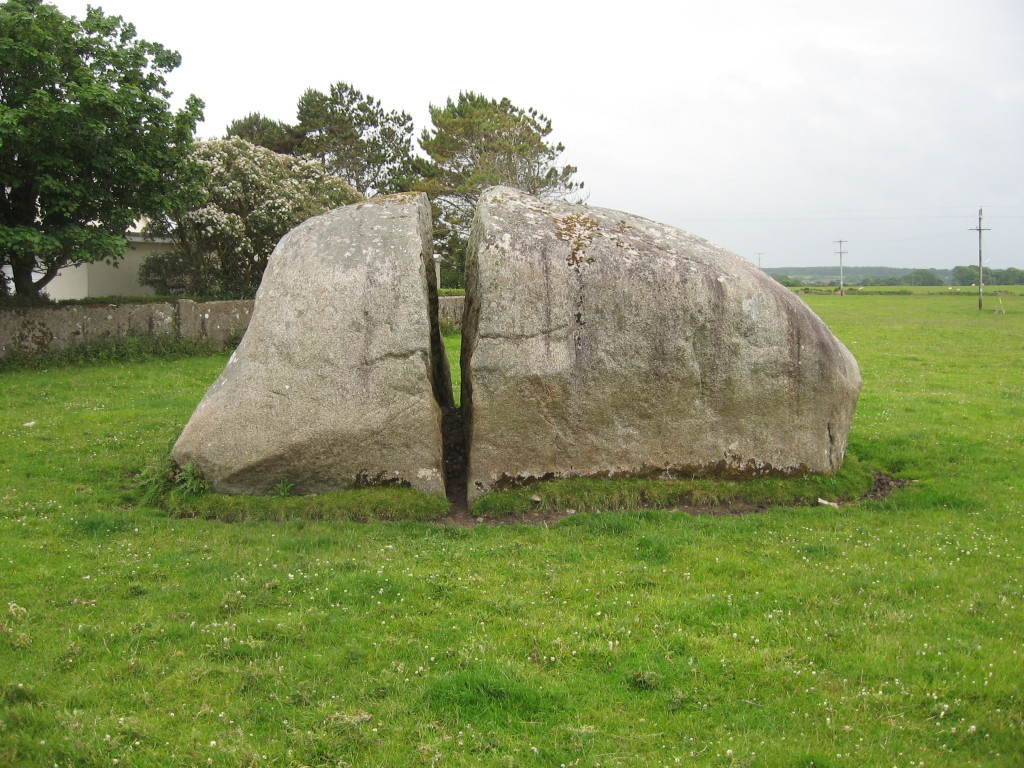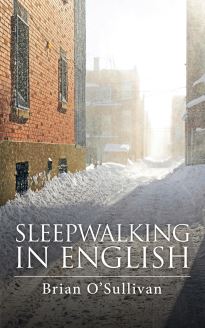
Back in Cork a few years back, I did a quick trip to see my cousin in Aghabullogue. During the visit, we took a side-trip out to Coolineagh which is where I first came across the stories of St Lachtín and St Olann. These two saints were said to be great competitors and were always arguing or fighting over something and some of the stories associated with them are quite hilarious.
St Olann was the patron saint of the local parish and the ecclesiastical site he’s associated with (now, the Coolineagh graveyard) is also associated with a ring fort near Dromatimore (to the south-west of Aghabullogue). This pretty much follows the pattern of most recorded Christian sites (i.e. they are established on important or sacred pre-christian sites).
When Christianity came to Ireland (from the mid-4th century onwards), in order to absorb the local population and get them on board, the Church also had to absorb many of the existing belief systems (including sacred sites, rituals etc.) which they later attempted to remove and sanitise with varying degrees of success. St Olan’s is another classic example of that
The photo in this post is that of St Olan’s Stone and if you look closely you’ll see two small depressions which are said to be the footprints of St Olann, himself. Inquisitive guy that I am, I couldn’t resist standing on the stone to test the size of the prints and, frankly, they were not really life-sized (unless, St Olann was a leprechaun, which in an earlier version of the tale, he might have been).
In technical or academic terms footprints like these are referred to as petrosomatoglyph footprints. A petrosomatoglyph is an image in a rock that’s interpreted as resembling a human or animal body part. These have been used in the past by most early cultures and often served as an important form of symbolism for religious or ritual ceremonies (the crowning of kings, sacrificial ceremonies etc.). Some, such as this one, are regarded as artefacts linked to saints or cultural heroes (Brian Boru, Fionn ma Cumhal etc.).
The St Olan’s Stone in Coolineagh cemetery was traditionally said to mark his grave but, in fact, it was moved into the graveyard from its original location (to the north of the graveyard) in 1985. It formed one of the stations of the St Olan’s Day ‘pattern’ (see my last post) along with St Olan’s Well (down the road) and St Olan’s Cap (which will be covered in the next post).



















